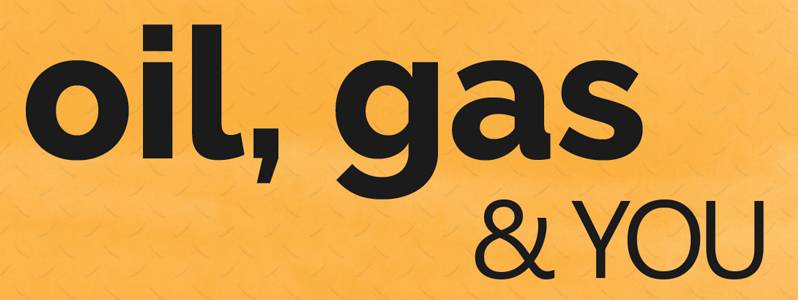FIRST oil is coming in 2020, and with it comes a new set of responsibilities, risks, and opportunities for the government and its people. It is more important than ever to think carefully about what to do with the revenues from that oil.
In the past, this column has looked at the schools Guyana could build, as well as the roads, bridges, and critical infrastructure. But good examples of revenue management show us that it’s not just about how you spend it—it’s also about how you save it.
Most readers will know the term sovereign wealth fund (SWF) by now. It’s the political topic of the moment and new legislation is being debated on how best to set one up. The concept is simple: SWFs are a way for countries to save revenues from resource production, invest them for the future, and provide a safety net for government budget and the economy in case oil prices drop or reserves are depleted.
But SWFs are a complex and flexible tool for financial management that must be set up and governed carefully. Thankfully, nearly every prominent international organization from the Commonwealth Secretariat to the International Monetary Fund has guidelines for SWFs, based on what has been done right and wrong by other oil and mineral extracting countries like Norway, the United Arab Emirates, and Kazakhstan.
The basic guidelines are simple and largely universal across all advice: a SWF needs to be transparent, integrated into the budget framework, insulated from politics, and managed with clear and specific goals in mind. We will explore each of those principles in depth.
Transparency is always important and with SWFs, the key is to have clear rules.
Rules should govern how funds are invested, what agencies or people can withdraw funds, disclosure requirements to ensure that all actions taken with the fund are publicly known, and that costs, budgets, and investment income are all accurately reported.
Integration into the budget frame work can be more complicated but makes intuitive sense—any spending of investment revenues should be through the normal government budgeting process. SWF directors should not be able to spend SWF money on their own pet projects or through a “parallel” process. Checks and balances in parliamentary budgeting exist for a reason, and they should apply to SWF monies too.
The same goes for spending. Once critical immediate needs are addressed, governments should avoid spending the revenues themselves and spend only the interest earned on investments instead. This practice has helped build Norway’s SWF to more than $1 trillion USD.
Insulation from politics is among the most critical issues. SWFs are a way to save vast wealth for future generations and make smart, stable and long-term investments. That decision-making process should not be tainted by politicians using funds to grant favours or solve short term problems. The IMF and Commonwealth recommend that a SWF be under the supervision of a non-political central bank, like the Bank of Guyana.
Finally, it is important to establish a SWF with clear and specific goals in mind.
A SWF is always used to save wealth for future generations but it can also have other goals. It can be used to build up other industries outside of oil to diversify the economy, invest in infrastructure, education, or healthcare, cushion the economy and the government budget against price shocks in the oil market, tackle poverty or environmental issues and more.
The IMF recommends following the Norwegian model—splitting an SWF into two funds with different goals. One fund could prioritize safe long-term investments outside the country and make sure future generations of Guyanese will enjoy the benefits of these funds long into the future… Another fund could try to address short term needs like new hospitals, schools, roads and bridges. Part of the fund could also be invested specifically in supporting promising Guyanese businesses and critical industries, like funds in the United Arab Emirates have done successfully for decades.
The rules for these investments are simple. Is this project a cost-effective way to help future generations without committing future revenues? Think about a new bridge. For decades to come that one-time investment will help the economy and people in that area. Even if reserves are depleted or oil prices drop, you still have that bridge which requires only minimal ongoing maintenance costs.
Contrast that with a new welfare program that hands out cash or provides pensions. The government commits to pay a certain amount each year, but what if oil prices drop? Then the SWF will start to get depleted and income from investments will spiral down. Oil is a commodity with an always changing price and a good SWF softens those shocks rather than making promises it will then struggle to keep.
These SWF guidelines will have to be adapted to Guyana’s unique needs, but each of them represents a key building block for a fund that safeguards wealth, prevents corruption, and improves the lives of Guyanese in a meaningful way far into the future.



.jpg)








